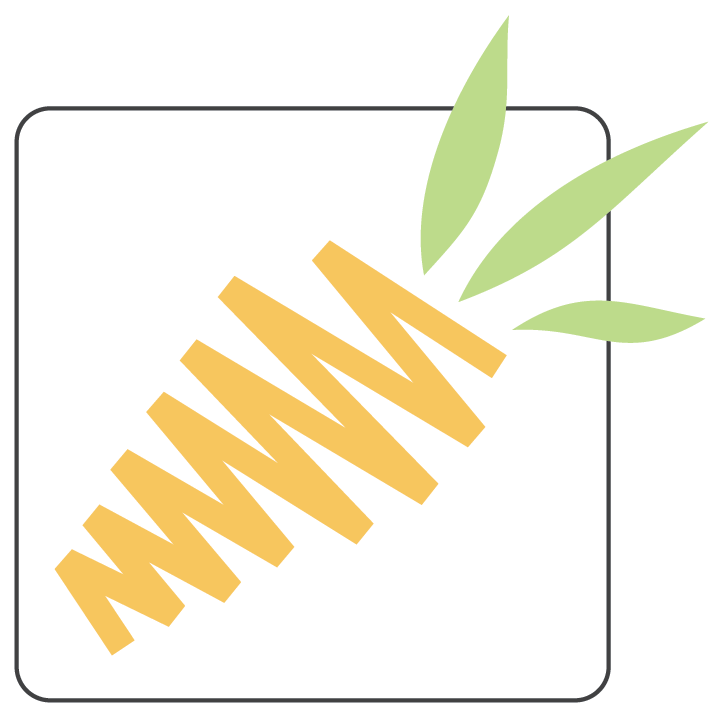About
Content
Carrot City is a collection of ideas, both conceptual and realized, which use design to enable sustainable food production, helping to reintroduce urban agriculture to our cities. This initiative considers how the design of cities, urban landscapes, buildings, and gardens can facilitate the production of food in the city. It explores the role that design professionals can play in strengthening the links between urban environments and food, and the relationships between designing sustainably and enabling the production and supply of food from local sources. Because urban food production is sometimes rejected on aesthetic grounds, the design of garden spaces incorporating edible plants is crucial to their acceptance. Featured here are designs that have responded to this challenge with visually striking and artistically engaging spaces.
This exhibit includes works by design professionals, artists and students, conceiving architecture, urban design, landscape architecture, industrial design, sculpture, and urban planning projects. They begin to answer difficult design questions, including: How does a modern city address food production? How will the integration of food production into the city impact our buildings and urban spaces? How are we to reconcile increased urban populations and densities with land use for food production? How can we incorporate food production into dense urban areas and into tight buildings and spaces?
The exhibit explores a variety of issues related to designing for urban agriculture, through a series of case studies, products and systems. These projects are organized into five categories representing distinct scales: City, Community and Knowledge, Housing, Rooftops, and Components. This fifth category illustrates products, technologies and systems that are innovating and facilitating food production in urban contexts. The content includes boards with images and explanatory text, models, installations, videos, and a display of related publications.

